+86-159 9860 6917
info@geofantex.com
geofantex@gmail.com
+86-400-8266163-44899
In the world of aquatic leisure and construction, the quest for durable, efficient, and eco-friendly materials is never-ending. The introduction of High-Density Polyethylene (HDPE) geomembrane as a pool liner material has set a new standard in the industry. Unlike traditional materials, HDPE offers unparalleled benefits in terms of longevity, environmental resistance, and maintenance. This article delves into the specifics of HDPE geomembrane pool liners, exploring their thickness, material properties, differences from PVC geomembranes, and overall purposes, providing a comprehensive understanding of why they are becoming the go-to choice for pool construction and renovation projects.
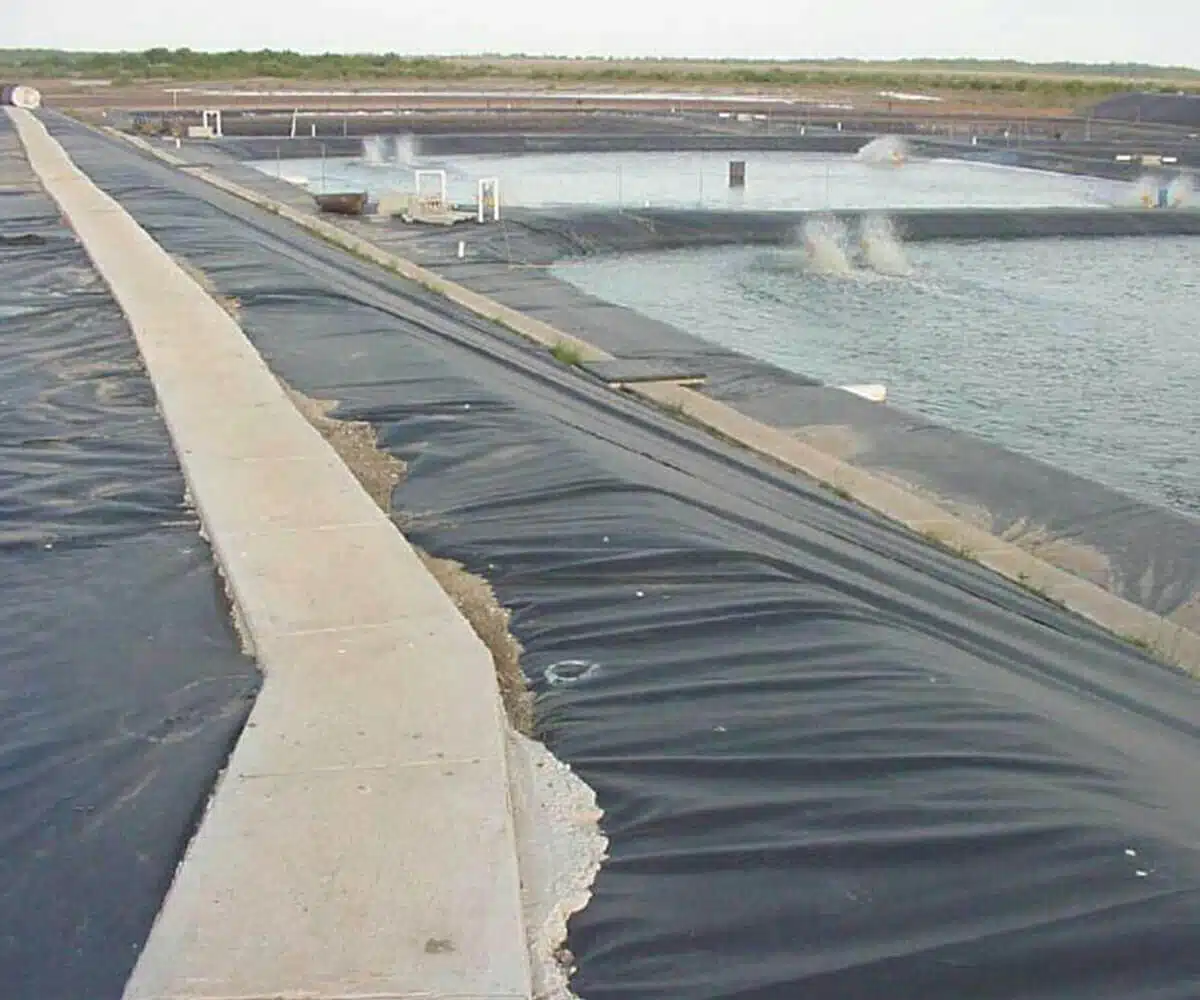
How thick is an HDPE geomembrane liner?
HDPE geomembrane liners typically range from 0.5 mm to 3.0 mm in thickness, with common sizes between 0.75 mm and 2.0 mm. Thicker liners are used for demanding applications like landfills and mining, offering enhanced durability and resistance to punctures, chemicals, and UV degradation. Thinner liners, ranging from 0.75 mm to 1.5 mm, are often used for less hazardous applications such as water containment. Industry standards, like ASTM D7176 and GRI-GM13, specify these thicknesses for different uses. While thicker liners cost more initially, they may reduce long-term maintenance costs by lasting longer and withstanding harsher conditions.
What is HDPE geomembrane material?
High-Density Polyethylene (HDPE) geomembrane is a type of plastic liner used in various civil engineering and environmental applications. It is made from high-density polyethylene resin, a thermoplastic polymer known for its strong molecular structure and resistance to chemicals, punctures, and environmental stressors.
HDPE geomembranes are typically manufactured through a process called extrusion, where the polymer is melted and formed into a continuous sheet of varying thicknesses and widths. These sheets can then be welded together on-site to create large liners for containment applications.
HDPE geomembranes are commonly used in:
| Landfills | They serve as liners or caps to prevent the leachate from contaminating surrounding soil and groundwater. |
| Mining | HDPE geomembranes are used in tailings dams and heap leach pads to contain and manage mine waste and chemicals. |
| Water and wastewater containment | They are used in reservoirs, ponds, canals, and wastewater treatment facilities to prevent seepage and leakage. |
| Environmental protection | HDPE geomembranes are utilized in applications such as secondary containment systems for industrial facilities, agricultural ponds, and erosion control. |
| Aquaculture | They are employed in fish ponds and shrimp farming to prevent water seepage and maintain water quality. |
HDPE geomembranes offer several advantages, including high tensile strength, flexibility, chemical resistance, UV resistance, and ease of installation. These characteristics make them suitable for a wide range of applications where impermeable barriers are necessary to contain liquids, gases, or solids.
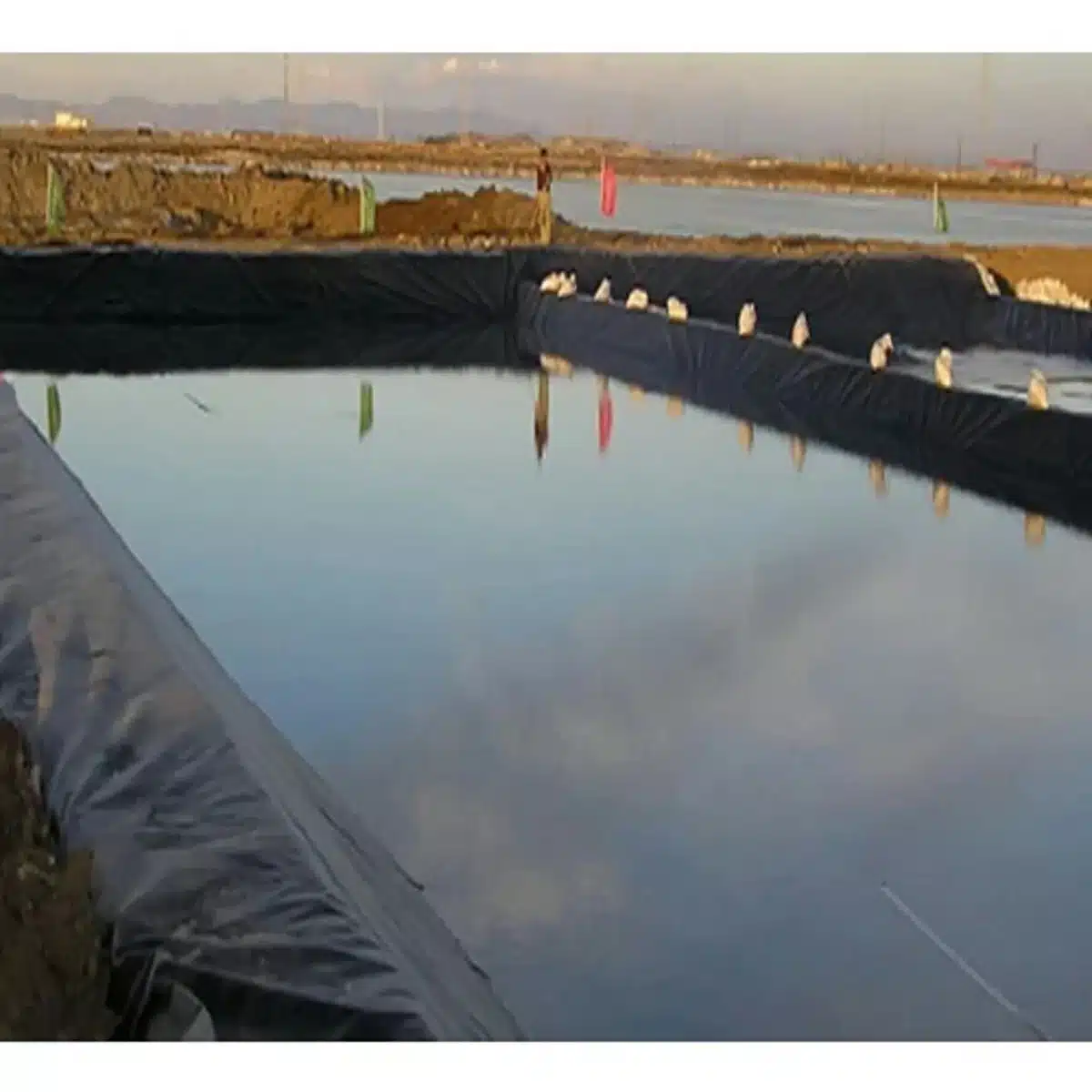
What is the difference between PVC and HDPE geomembrane?
PVC and HDPE geomembranes differ in flexibility, chemical resistance, durability, and applications. PVC is more flexible and easier to install, making it suitable for water containment and non-hazardous waste. However, it has lower chemical resistance and can degrade under UV exposure. HDPE, while less flexible, offers superior chemical resistance, UV stability, and durability, making it ideal for landfills and hazardous waste containment. HDPE also has a longer lifespan but comes at a higher initial cost. PVC is generally more cost-effective but less suitable for harsh environments.
What is the purpose of HDPE lining?
Functions and Benefits of HDPE Lining:
Chemical Resistance:
- Function: HDPE lining provides excellent resistance to a wide range of chemicals.
- Benefit: This makes it suitable for use in environments where exposure to corrosive substances is common, such as chemical storage tanks and industrial plants.
Leak Prevention:
- Function: HDPE linings are impermeable to liquids and gases.
- Benefit: They help prevent leaks and spills, making them ideal for use in landfills, water containment systems, and wastewater treatment facilities.
Durability:
- Function: HDPE is highly durable and resistant to impact, abrasion, and UV radiation.
- Benefit: This enhances the lifespan of structures, reducing maintenance costs and extending the service life of the lined systems.
Flexibility and Adaptability:
- Function: HDPE lining can conform to various shapes and surfaces.
- Benefit: This adaptability allows for easy installation in a wide range of applications, including tunnels, pipelines, and ponds.
Environmental Safety:
- Function: HDPE is non-toxic and safe for the environment.
- Benefit: It is often used in applications requiring stringent environmental standards, such as potable water systems and agricultural ponds.
Contribution to Durability, Longevity, and Performance:
- Enhanced Structural Integrity:
HDPE lining protects the underlying materials from degradation, maintaining the structural integrity of the system. - Longevity:
By resisting chemical, physical, and environmental damage, HDPE linings significantly extend the operational lifespan of the structures they protect. - Performance:
The reliable containment and barrier properties of HDPE linings ensure optimal performance of systems, reducing the risk of failures and environmental contamination.
HDPE geomembrane pool liners represent a significant advancement in pool construction and maintenance technology. With their exceptional thickness, material properties, and durability compared to traditional materials like PVC, HDPE liners offer a cost-effective, long-term solution for creating and preserving water features. Their ability to withstand environmental challenges, along with ease of installation, makes them a superior choice for both residential and commercial applications. As the industry continues to evolve, HDPE geomembranes are set to play a pivotal role in shaping the future of aquatic leisure spaces.
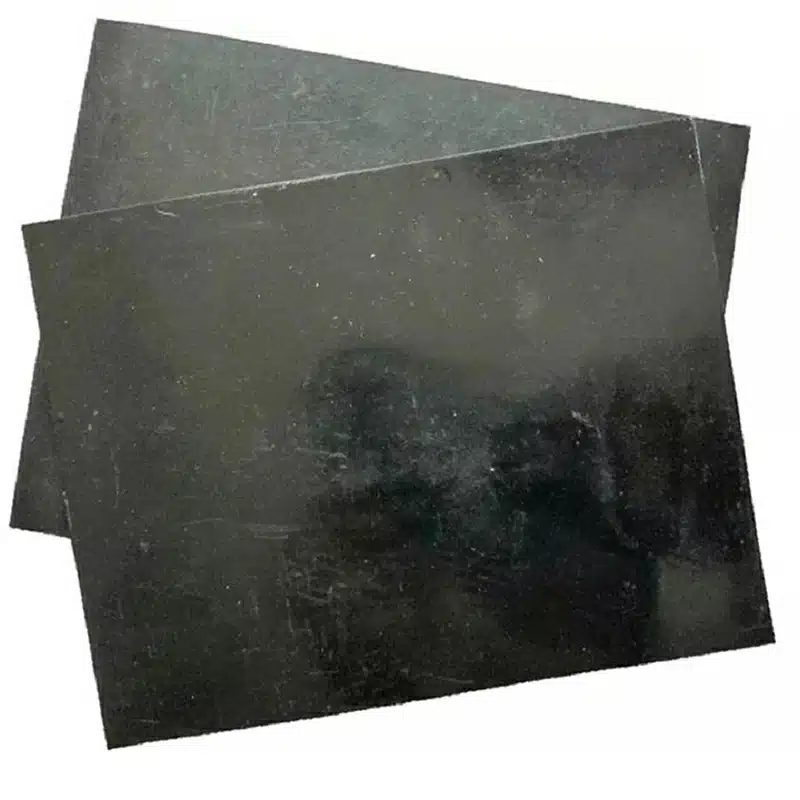
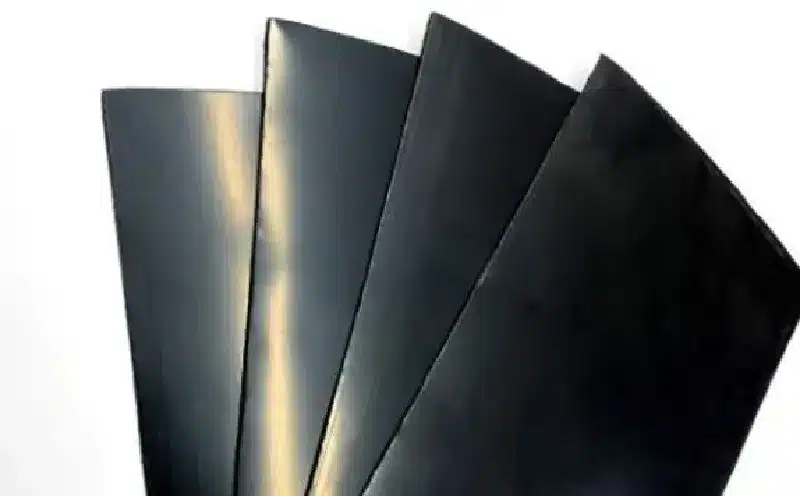
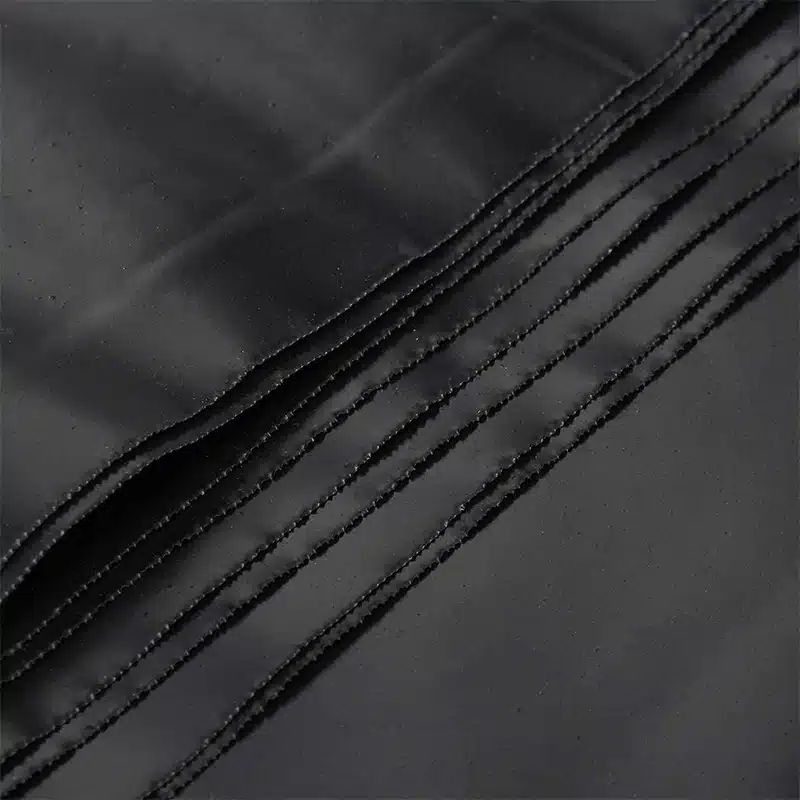
Get Free Sample
We’ll respond as soon as possible(within 12 hours)





















